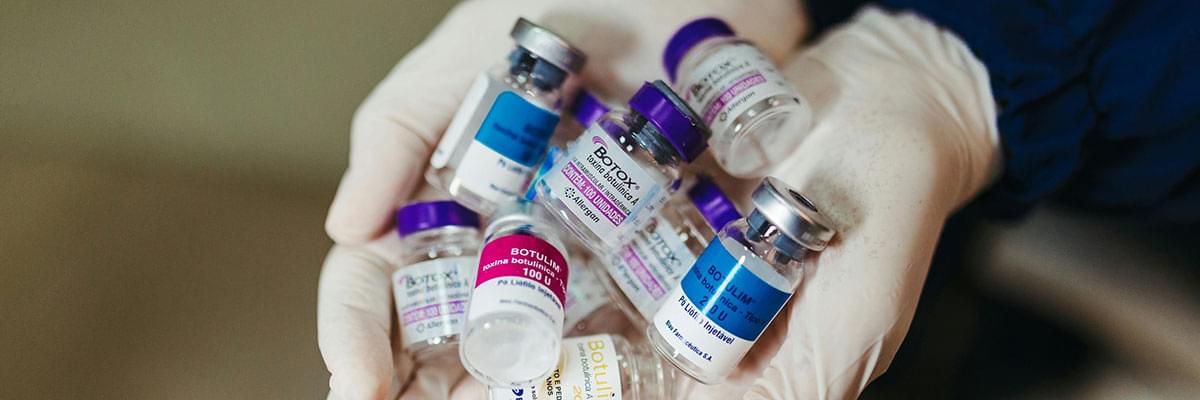
What can we do for you?
Botox and dermal fillers are two of the most popular non-surgical cosmetic treatments in the world, often grouped together under the umbrella of injectables. While both are used to reduce the appearance of wrinkles and enhance facial aesthetics, they work in very different ways and serve distinct purposes. Understanding the difference between Botox and fillers can help you choose the right treatment for your personal skincare goals.How Botox works
Botox is a purified form of botulinum toxin type A. When injected in small doses, it temporarily relaxes the muscles responsible for dynamic wrinkles—those that form from repeated facial expressions such as smiling, frowning, or squinting.
Common areas treated with Botox include:
- Forehead lines
- Crow’s feet around the eyes
- Frown lines between the eyebrows (also called “11s”)
Botox works by blocking the nerve signals that cause muscles to contract. As the muscles relax, the skin above them smooths out, softening the appearance of fine lines and wrinkles. The effects typically last 3 to 4 months, after which the treatment can be repeated to maintain results.
How dermal fillers work
Dermal fillers are gel-like substances injected beneath the skin to restore lost volume, smooth static wrinkles, and enhance facial contours. Unlike Botox, fillers do not affect muscle movement. Instead, they work by physically filling areas that have thinned or sagged due to aging.
The most commonly used fillers are made from hyaluronic acid, a naturally occurring substance in the skin that retains moisture and adds volume. Other types include calcium hydroxylapatite and poly-L-lactic acid, each chosen based on the desired effect and area of the face.
Popular treatment areas for dermal fillers include:
- Cheeks and mid-face
- Lips
- Jawline and chin
- Nasolabial folds (lines from the nose to the mouth)
- Under-eye hollows
Fillers offer immediate results and typically last between 6 months to 2 years, depending on the type used and the area treated.
Key differences between Botox and fillers
The primary difference lies in their mechanism of action and purpose:
- Botox relaxes muscles to reduce dynamic wrinkles caused by facial expressions.
- Fillers add volume to smooth static wrinkles and restore facial fullness.
Because they address different signs of aging, Botox and fillers are often used together for a comprehensive, non-surgical facial rejuvenation.
Safety and side effects
Both Botox and fillers are considered safe when administered by a qualified medical professional. However, they do carry some risk of side effects such as bruising, swelling, redness, and, rarely, more serious complications. That’s why it’s crucial to choose a licensed and experienced practitioner.
The American Board of Cosmetic Surgery provides a helpful guide that breaks down Botox and filler treatments in detail, including safety, preparation, and aftercare:
Botox vs Fillers
Another reliable source of medical advice and up-to-date safety information is the Mayo Clinic, which offers an overview of Botox's medical and cosmetic uses:
Mayo Clinic: Botox Overview
Which treatment is right for you?
Choosing between Botox and fillers depends on your specific concerns and what you hope to achieve. If your main goal is to soften expression lines or prevent wrinkles from deepening, Botox may be the better option. If you're looking to add volume, define facial features, or smooth out static lines, fillers are typically more suitable.
Many patients benefit from a combined approach that uses both treatments in a tailored plan designed by an experienced practitioner.
Conclusion
Botox and dermal fillers are both powerful tools in modern aesthetic medicine, but they serve different purposes. Understanding how they work can help you make informed decisions about your skincare journey. Whether you're aiming to smooth fine lines or restore youthful volume, a consultation with a qualified cosmetic professional is the first step to looking and feeling your best.
Back to Articles






















